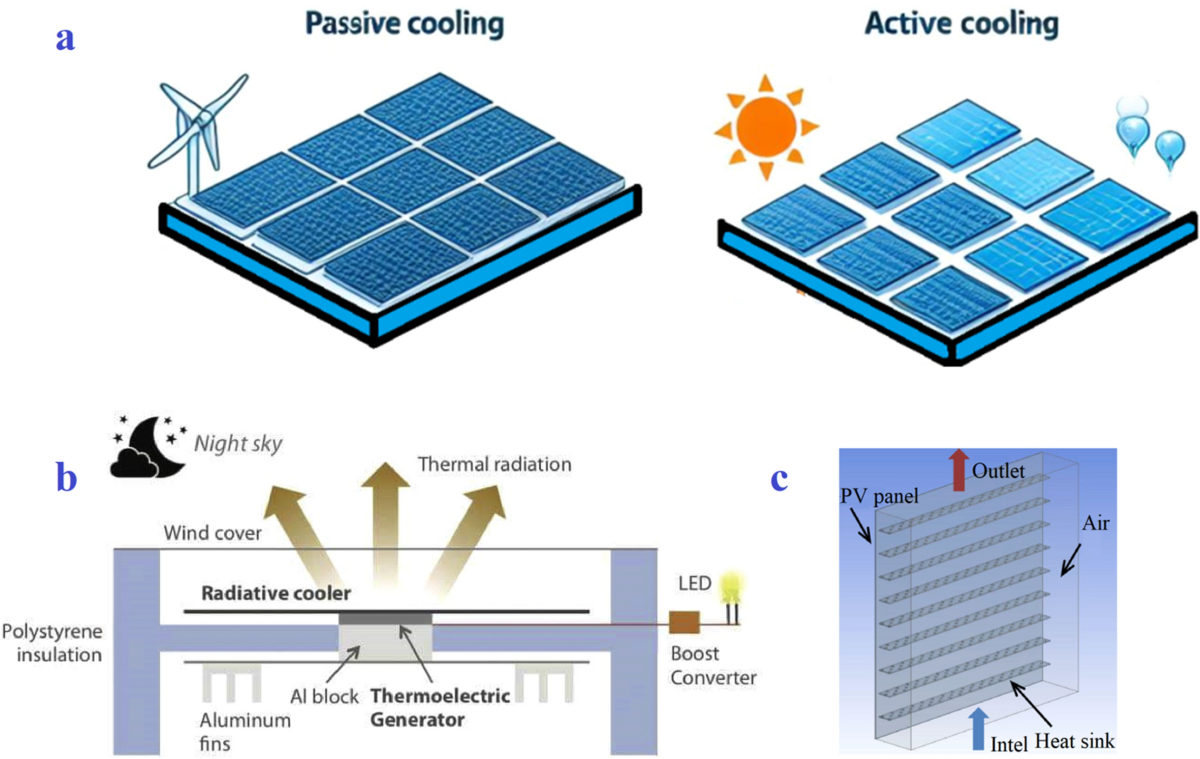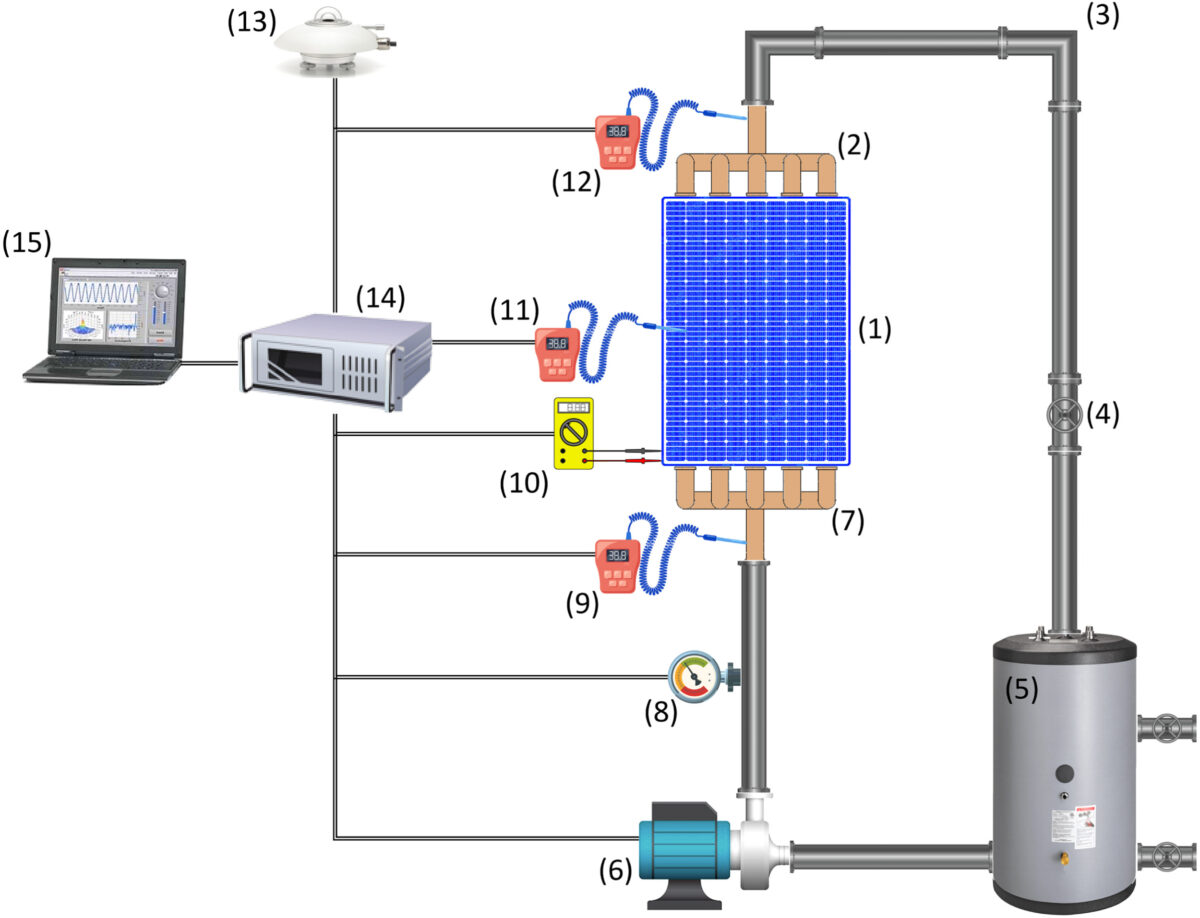
Source: Sustainable Energy Research – SpringerOpen
Understanding Heat Generation in PV Modules
Factors Influencing Heat Generation
When a photovoltaic (PV) module is exposed to sunlight, it not only generates electricity but also produces heat. Various factors influence the heating of the module:
1. Irradiance of Incident Sunlight
The intensity of sunlight falling on the PV module affects the amount of heat generated. Higher irradiance levels lead to increased heat production.
2. Reflection from the Top Surface
The reflection of sunlight from the top surface of the module can impact heat generation. Minimizing such reflections is essential to reduce heat loss.
3. Electrical Operating Point
The electrical operating point of the module plays a crucial role. If the module is not generating electricity efficiently, the absorbed power is converted into heat.
4. Absorption of Sunlight in Uncovered Regions
Areas of the PV module not covered by solar cells can absorb sunlight, contributing to heat generation within the module.
5. Absorption of Infrared Light
Infrared light, which has lower energy levels, can be absorbed by the module or solar cells, leading to heat production within the system.
6. Packing Density of Solar Cells
The arrangement and packing density of solar cells impact the amount of heat generated. Higher packing density results in increased heat production per unit area.
Understanding Heat Generation Mechanisms
When sunlight falls on a PV module, only a portion of it is converted into electricity, while the rest is transformed into heat. It is crucial to optimize the efficiency of the module to minimize heat generation and improve overall performance.
By considering factors such as irradiance levels, reflection from surfaces, electrical operating points, and absorption properties, the heat generation in PV modules can be better managed to enhance their efficiency and longevity.

Source: PV Magazine
